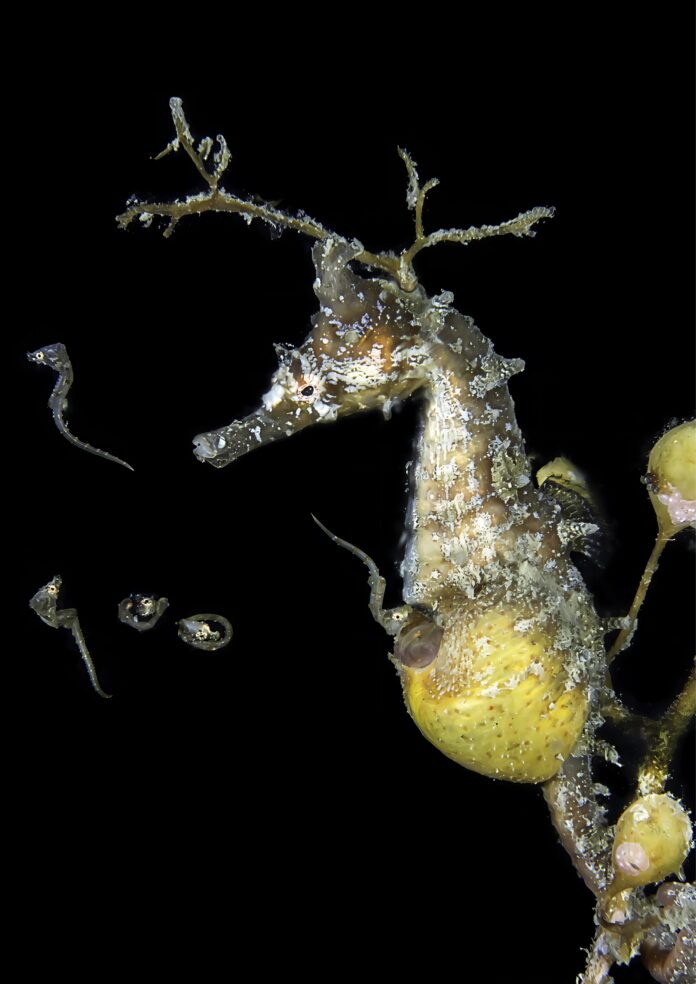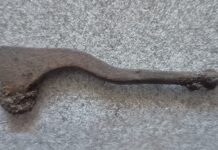Seahorses are famous for their unusual reproductive strategy: the males carry the fertilized eggs and give birth to live young. While this “male pregnancy” seems fantastical, it’s a real phenomenon driven by fascinating biological adaptations. A recent study by a German-Chinese research team sheds light on the genetic and cellular mechanisms behind this remarkable twist on nature’s blueprint.
The study, published in Nature Ecology & Evolution, focuses on the brood pouch—a specialized organ found exclusively on male seahorses. This pouch acts as both uterus and placenta, nurturing the developing embryos until they are ready to be born. But unlike mammalian placentas driven by female hormones, the seahorse brood pouch functions differently.
Researchers compared the cellular processes in seahorse brood pouches with those in mammal placentas. Their findings reveal that male hormones, specifically androgens, play a crucial role in the development of the brood pouch and embryo nourishment within it. This challenges traditional understanding where female hormones dominate pregnancy development in other viviparous species.
The immune system also plays a unique role in seahorse “pregnancy.” Typically, a gene called foxp3 is essential for suppressing the mother’s (or in this case, father’s) immune response to prevent rejection of developing embryos. Intriguingly, seahorses lack this gene entirely! Instead, they seem to rely on androgens which have immunosuppressive properties, allowing them to avoid embryo rejection despite the absence of foxp3.
This research illuminates not only the unusual reproductive biology of seahorses but also offers fascinating evolutionary insights. Seahorses likely evolved from egg-laying ancestors, gradually developing “sticky eggs” that attached to males’ bodies. Over time, these attachments transformed into brood pouches, eventually enabling live birth and providing a nurturing environment within.
The study underscores how different genetic and hormonal pathways can lead to similar evolutionary outcomes. While pregnancy evolved independently in female mammals and male seahorses, the underlying mechanisms reveal distinct adaptations shaped by millions of years of natural selection.




































